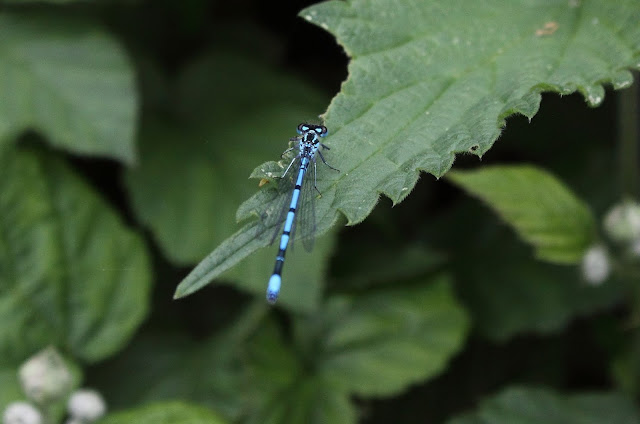London has ambitions of being the first City National Park, which while being a worthy proposal in reality appears as empty as our other "great" national parks. For them a special designation has had to be created because unlike parks around the world which hold important and vital ecosystems our parks lack much of an ecosystem at all. They are purely cosmetic constructs offering views of a landscape created by damaging sheep farming and the shooting industry.
What about London though–true it had a very high proportion of open spaces for a city off its size, but these are a mixed bag of the good and predominantly the bad. We have huge acreage of gardens, but these are on the way out as landlords, rather than foot the bill for maintenance, concrete over plots, while private households go for the extra room outside (as pushed by gardening make-over programming) with decking and imported non-native planting. Trees are being butchered and removed everywhere. Our best ecosystems–old brownfield sites with little or no protection–are being devoured by housing or worse a theme park. While the land grab goes on the few remaining gems are under increasing pressure from a growing population who treat open space as their own, with little regard for local rules in place to ensure we can all enjoy the space and what they hold. And more and more of them have dogs. On top of that you have fly-tippers and other anti-social activities that these open spaces encourage, not that the land owners encourage them they just lack the resources or perhaps will to do anything about them. Even a benevolent act like feeding the birds in parks can have wider implications for the health of the birds and water ecosystems, while what may be the last benefit of our European Union membership may be the fining of the government for missing air quality targets in London.
Add all this up and it means a diminishing amount of bio-diversity in the capital, so indeed London would fit in well with our other rubbish "National Parks". If we can't halt the decline and are not prepared to put in serious effort to reverse the decline the proposal just becomes a publicity stunt.
Take for example our Skylark, a bird synonymous with the countryside which had been doing not so badly in our urban sprawl, but now is in terminal decline and with Barking Bay, Swanscombe Marsh threatened, the birds are being pushed out.
On the flats we just have 8 birds, with 5 of them singing males. We blame all users and management of the flats, the dog walkers (not willing to change their routines) blame foxes and crows–and true enough the crows will take young given the opportunity and they are more intelligent than most of visitors to the area, just waiting to make their move when birds are spooked from hiding. It doesn't help that the huge amount of food dumped by the ponds is sustaining this massive corvid population, and some idiots actually feed them in the grassland itself, in amongst the breeding larks.
So remember me when I am gone.




































